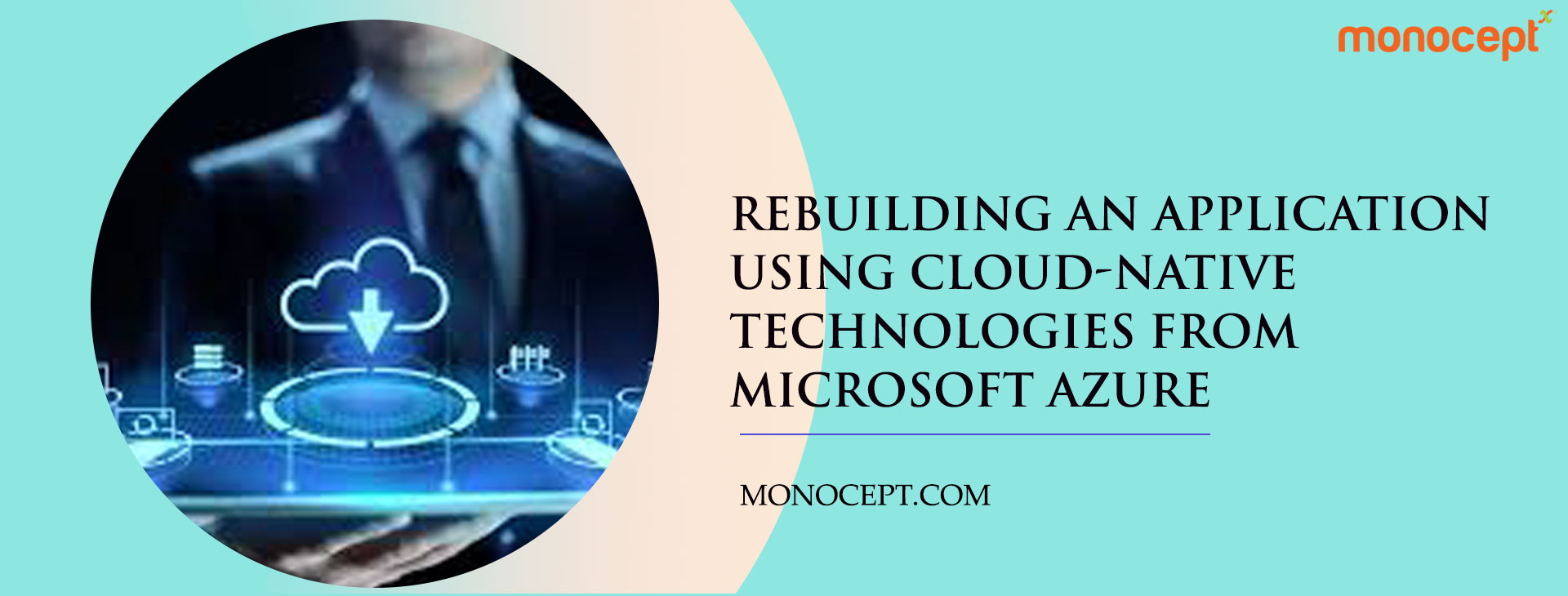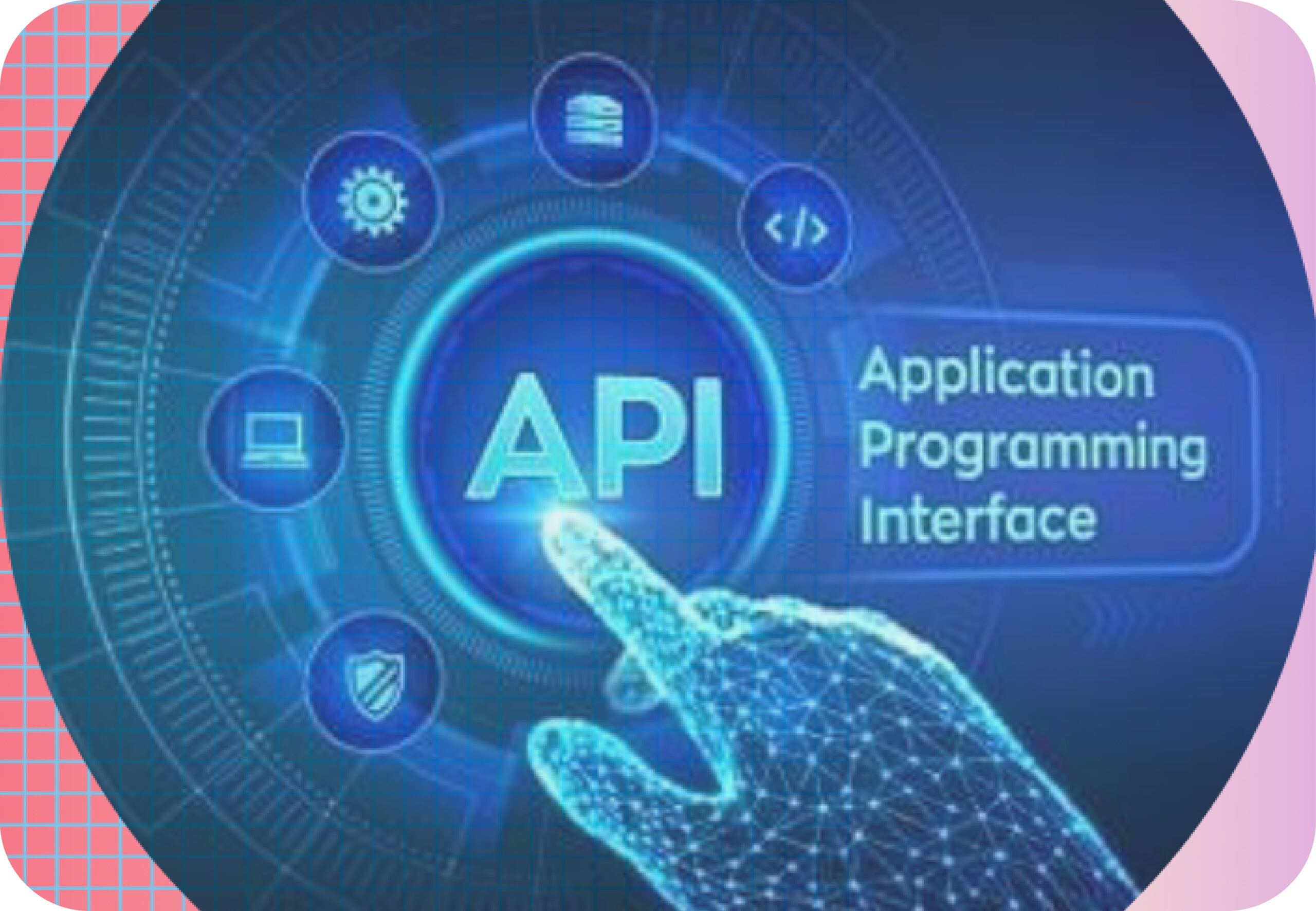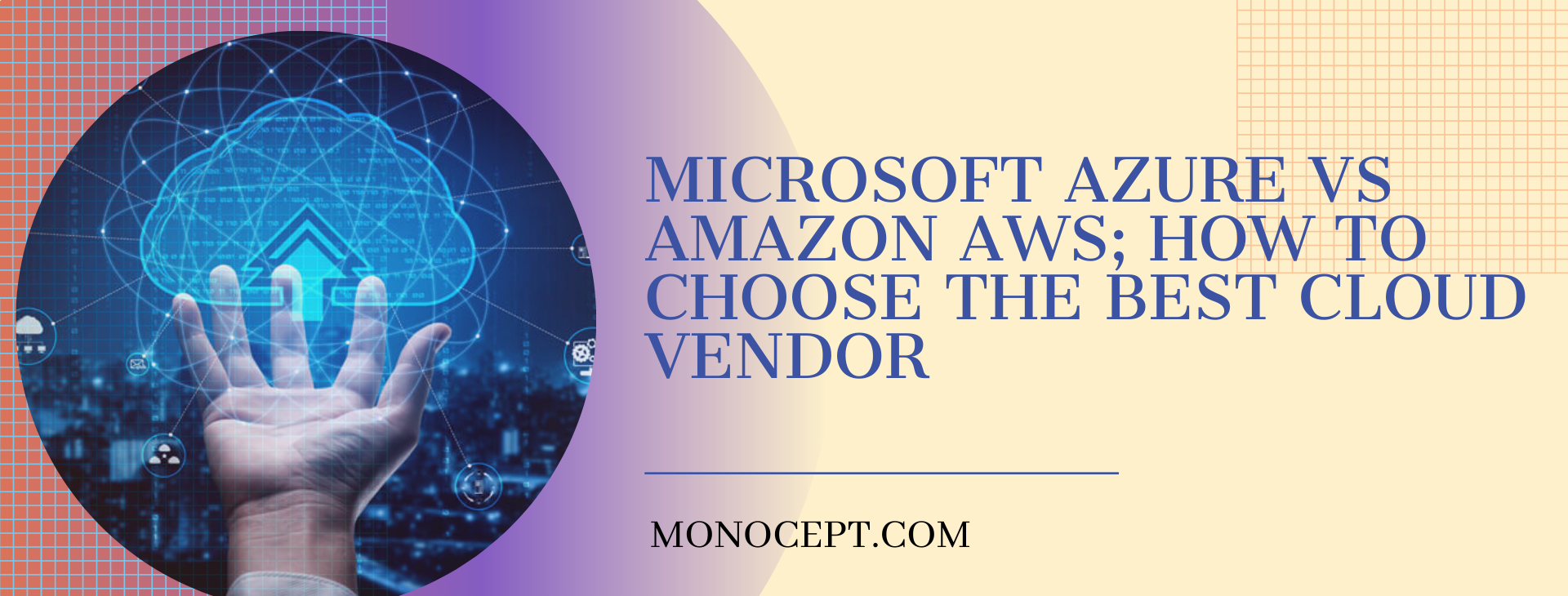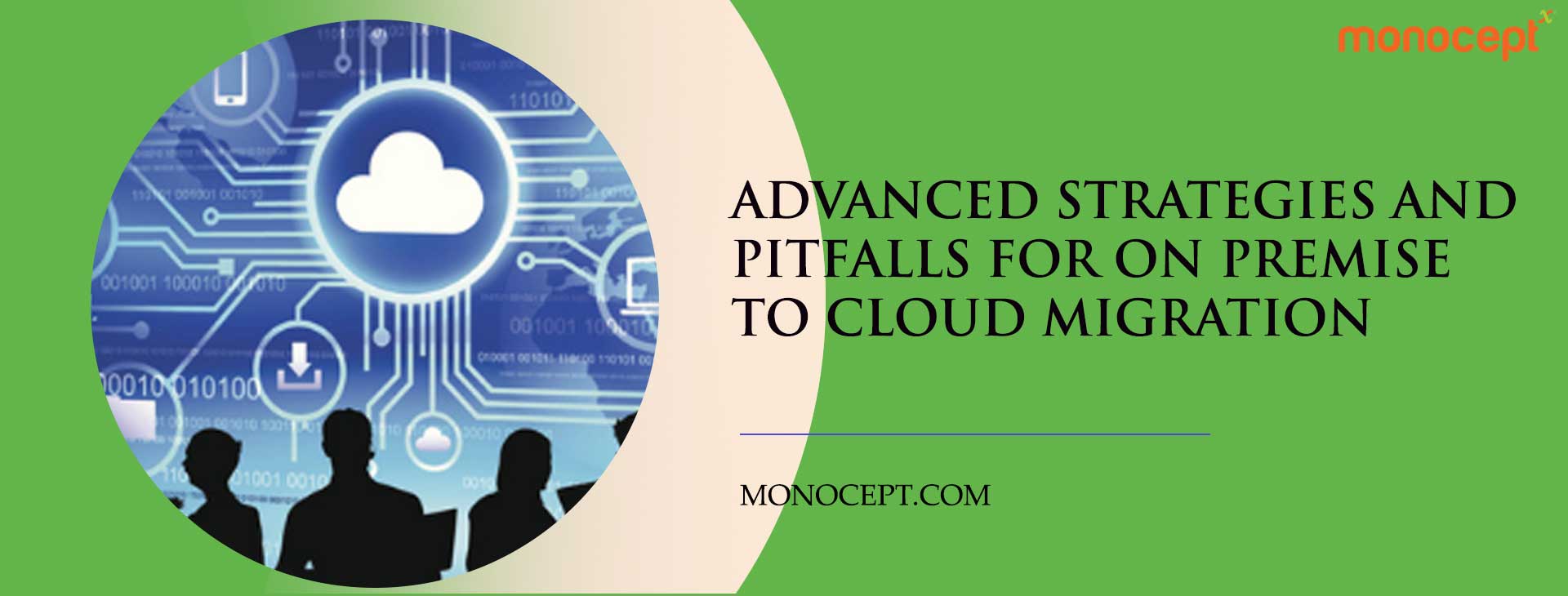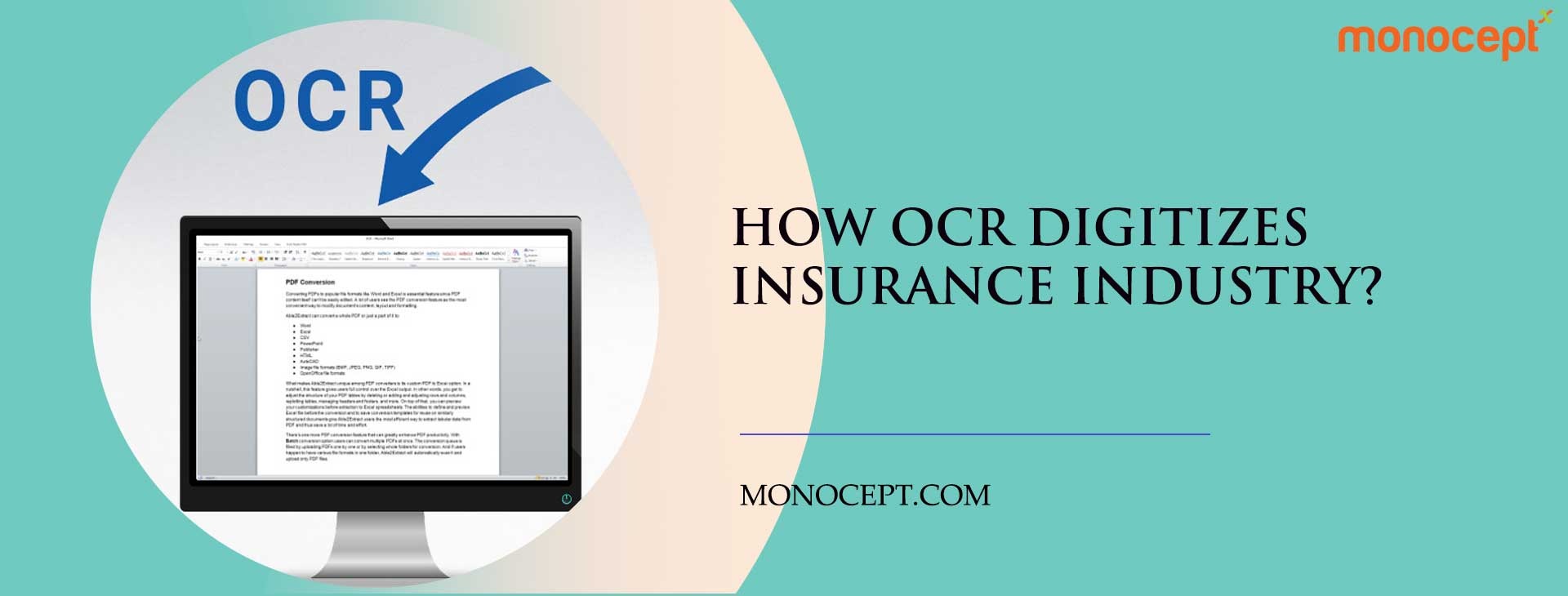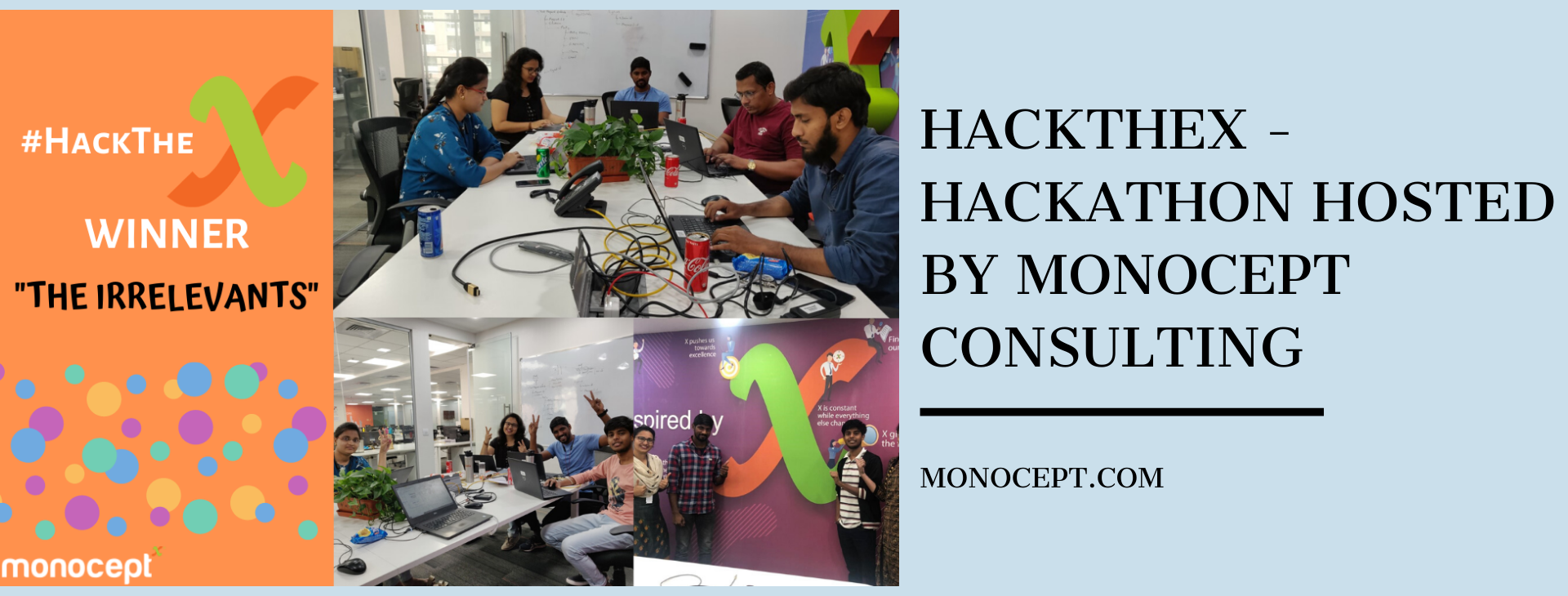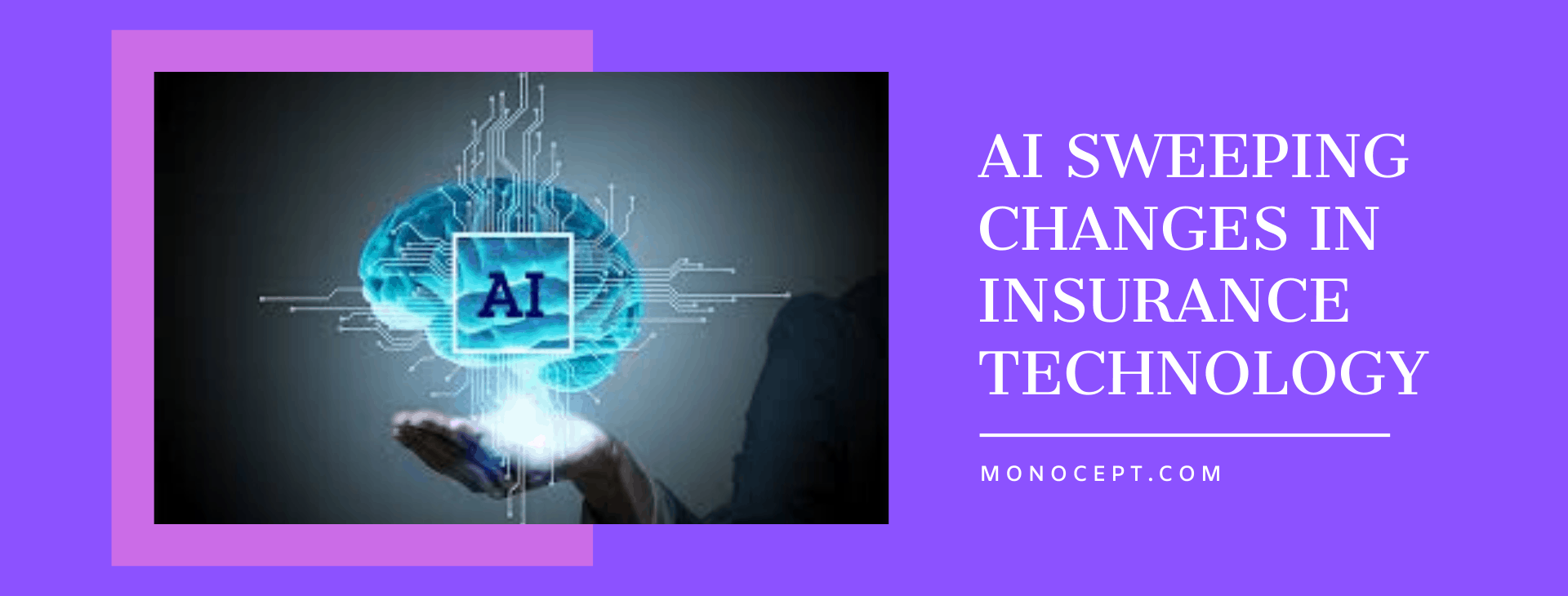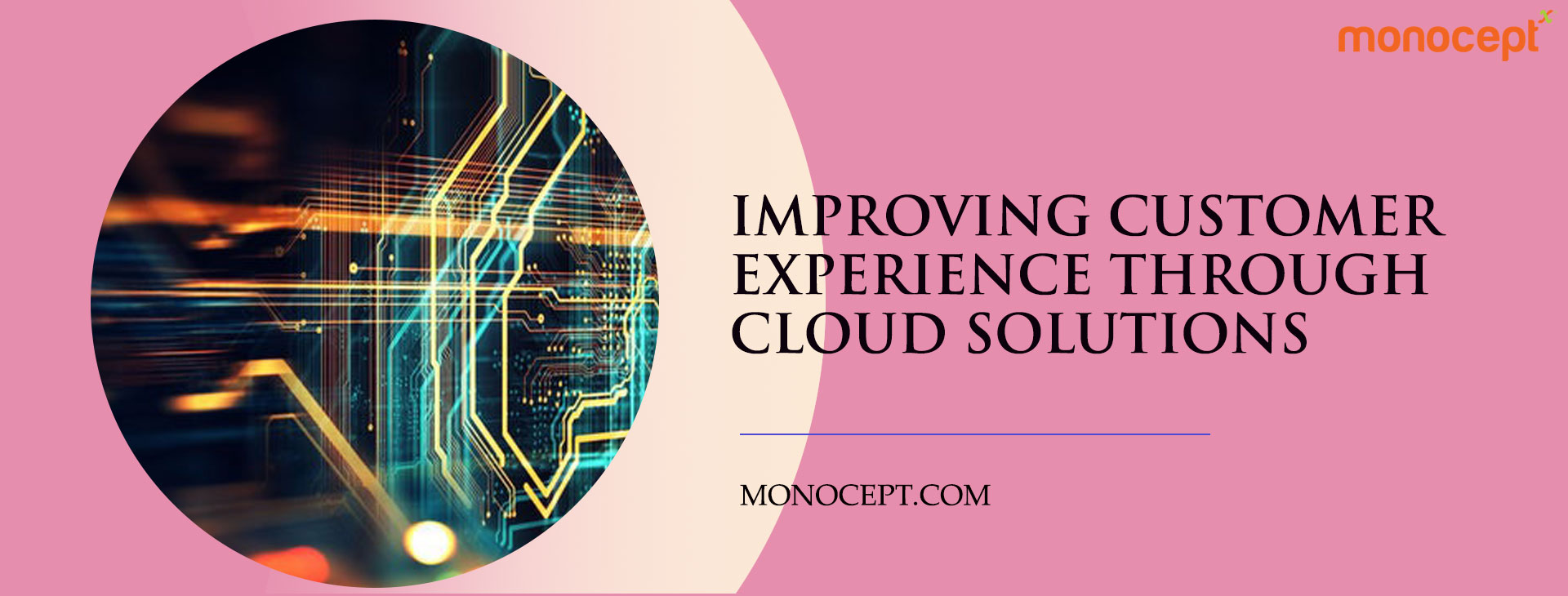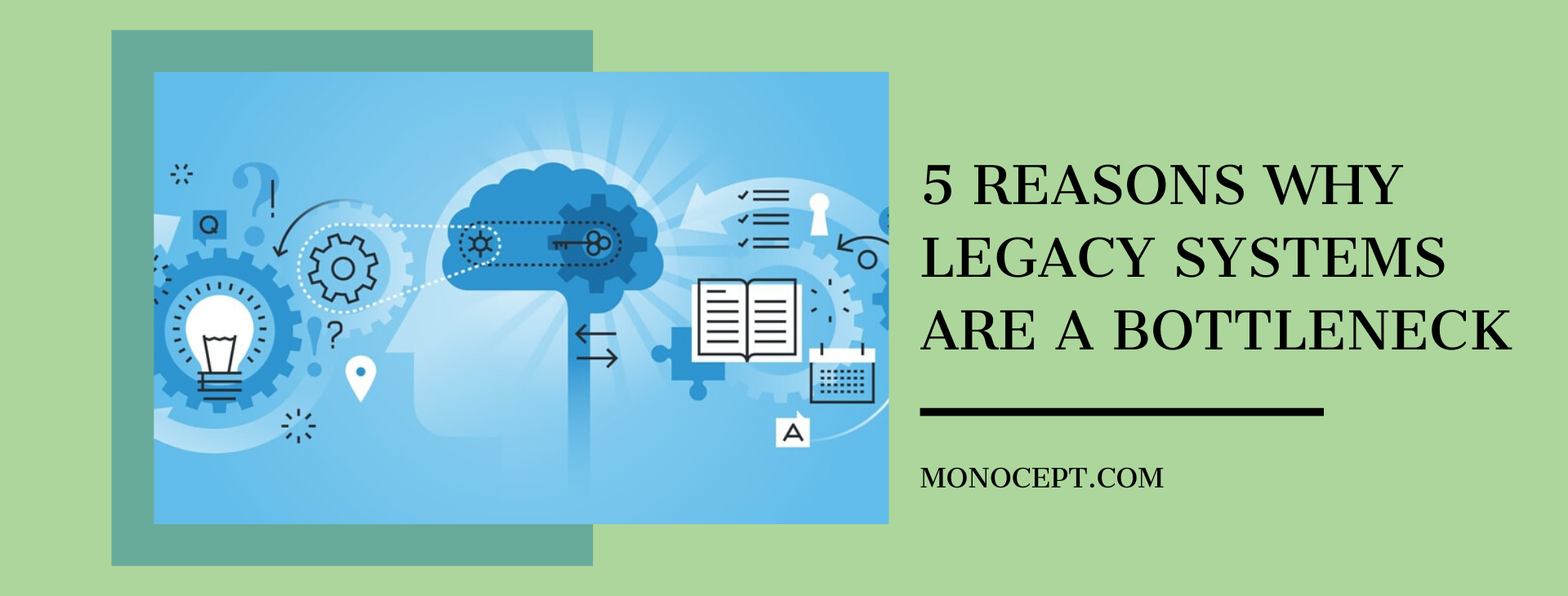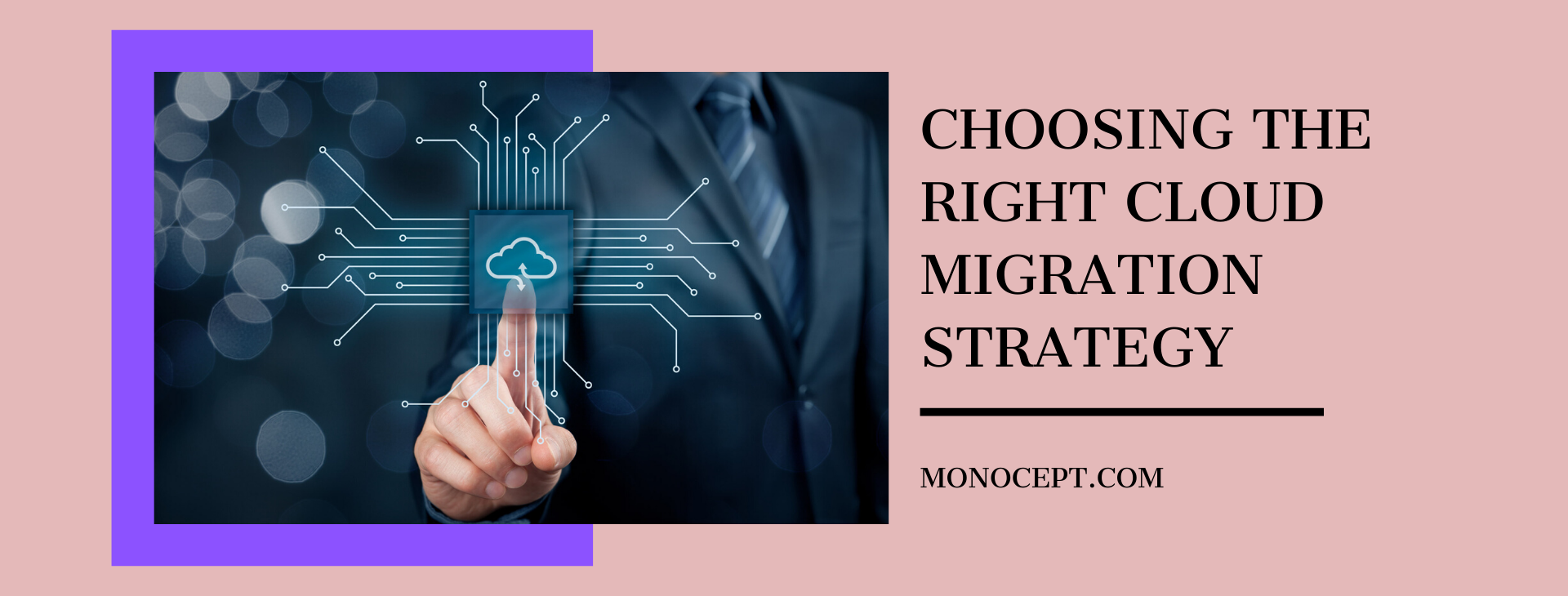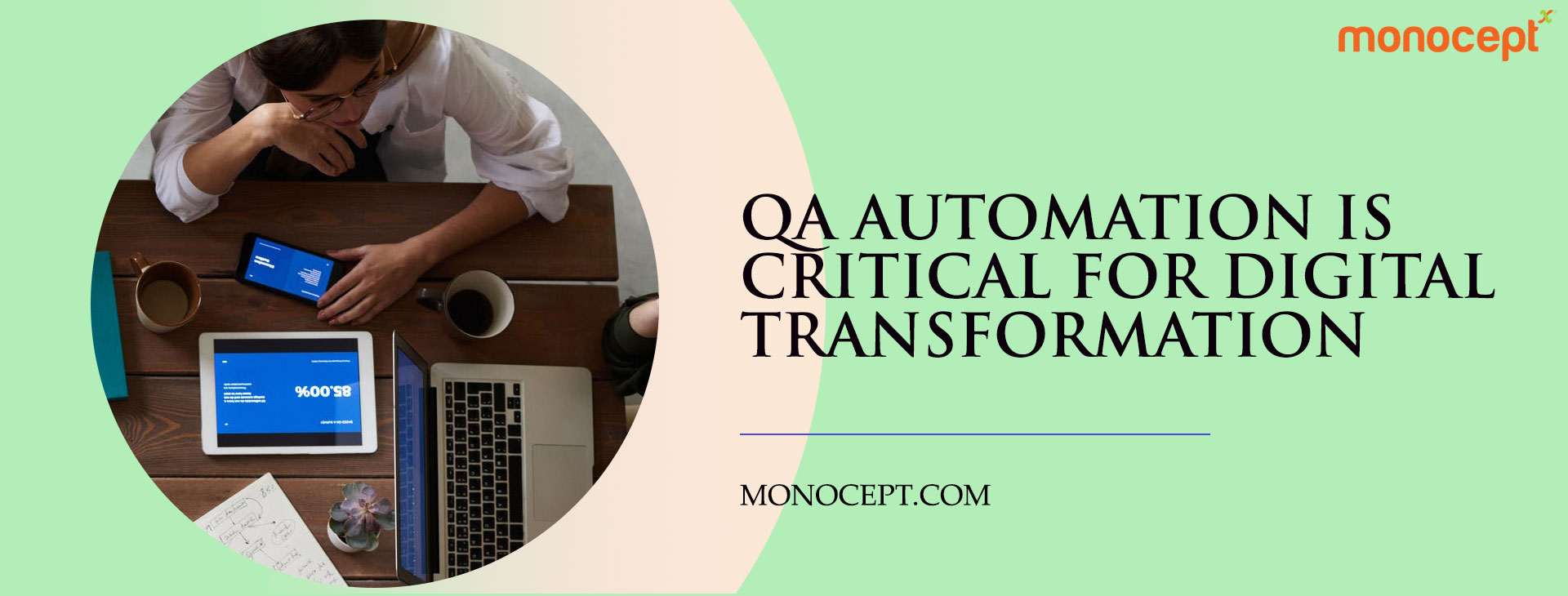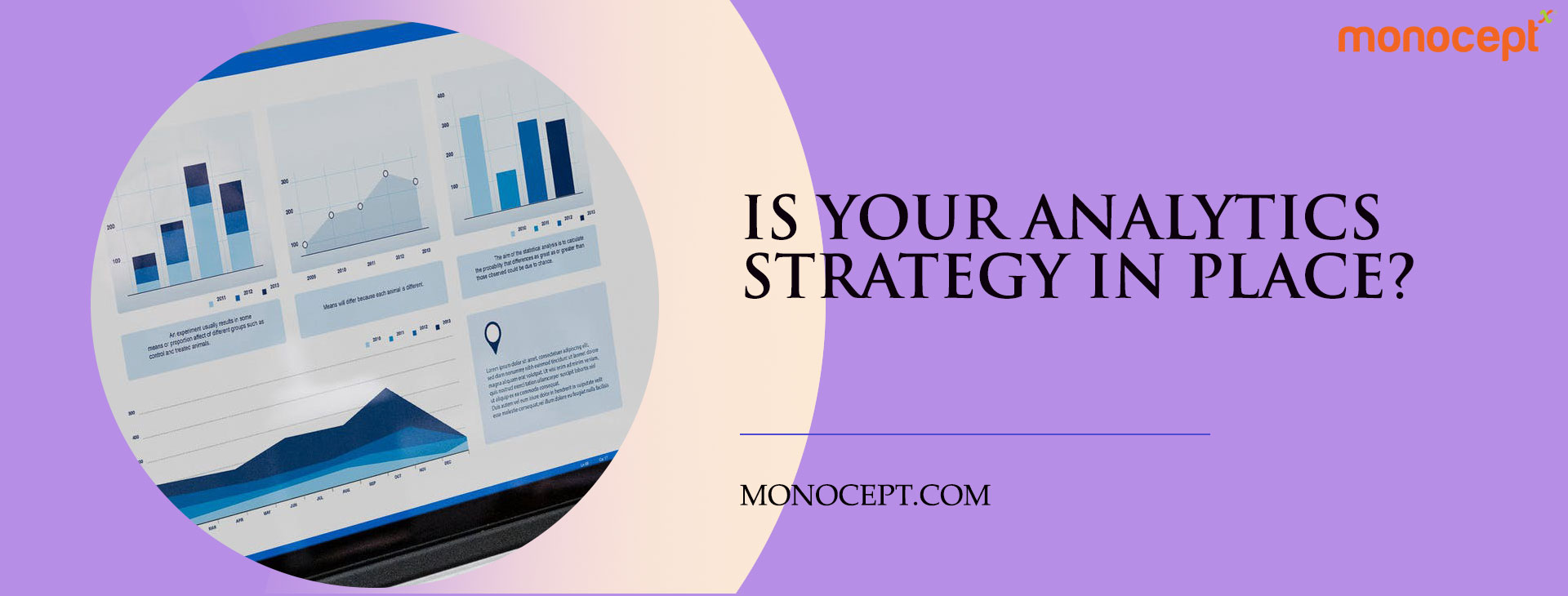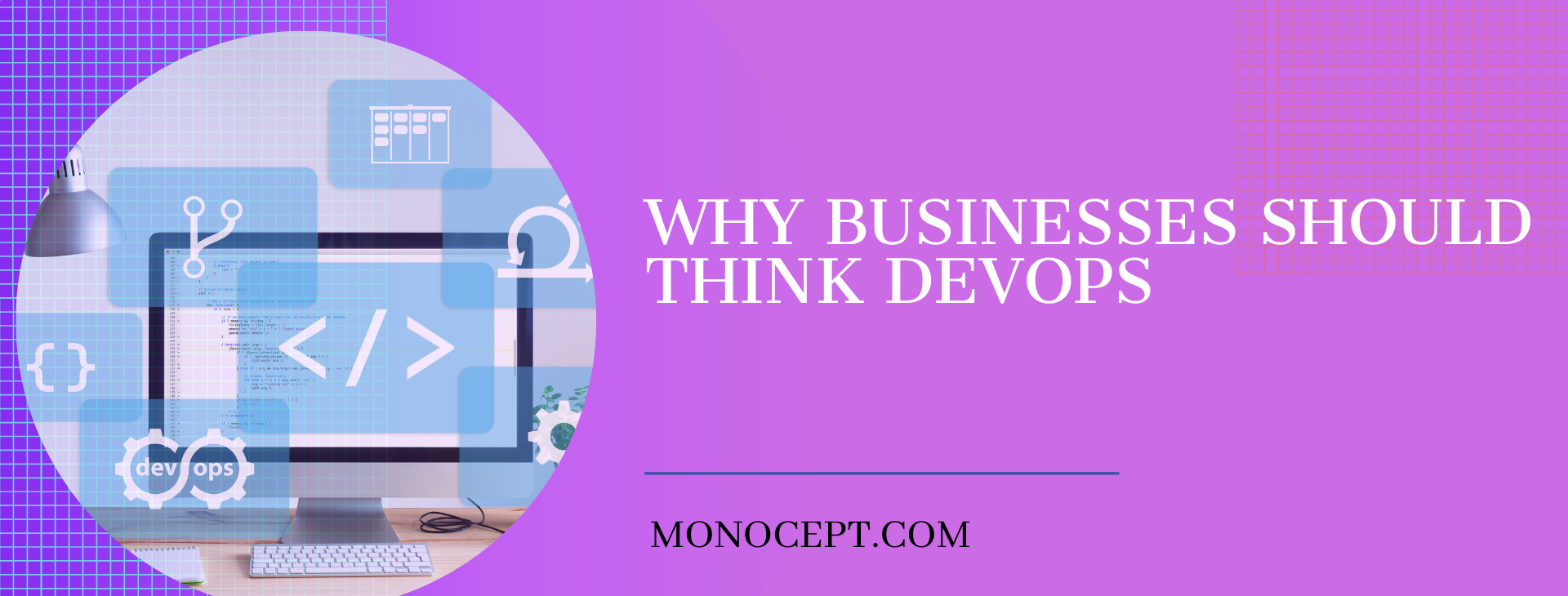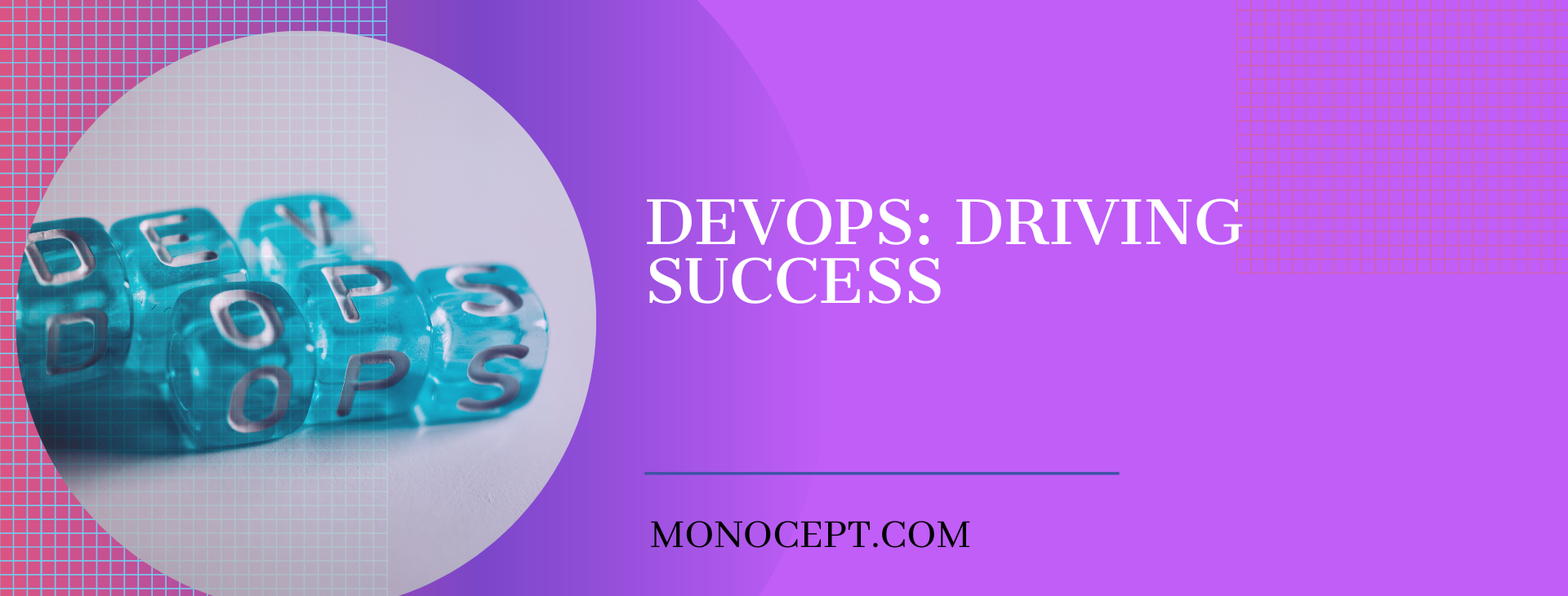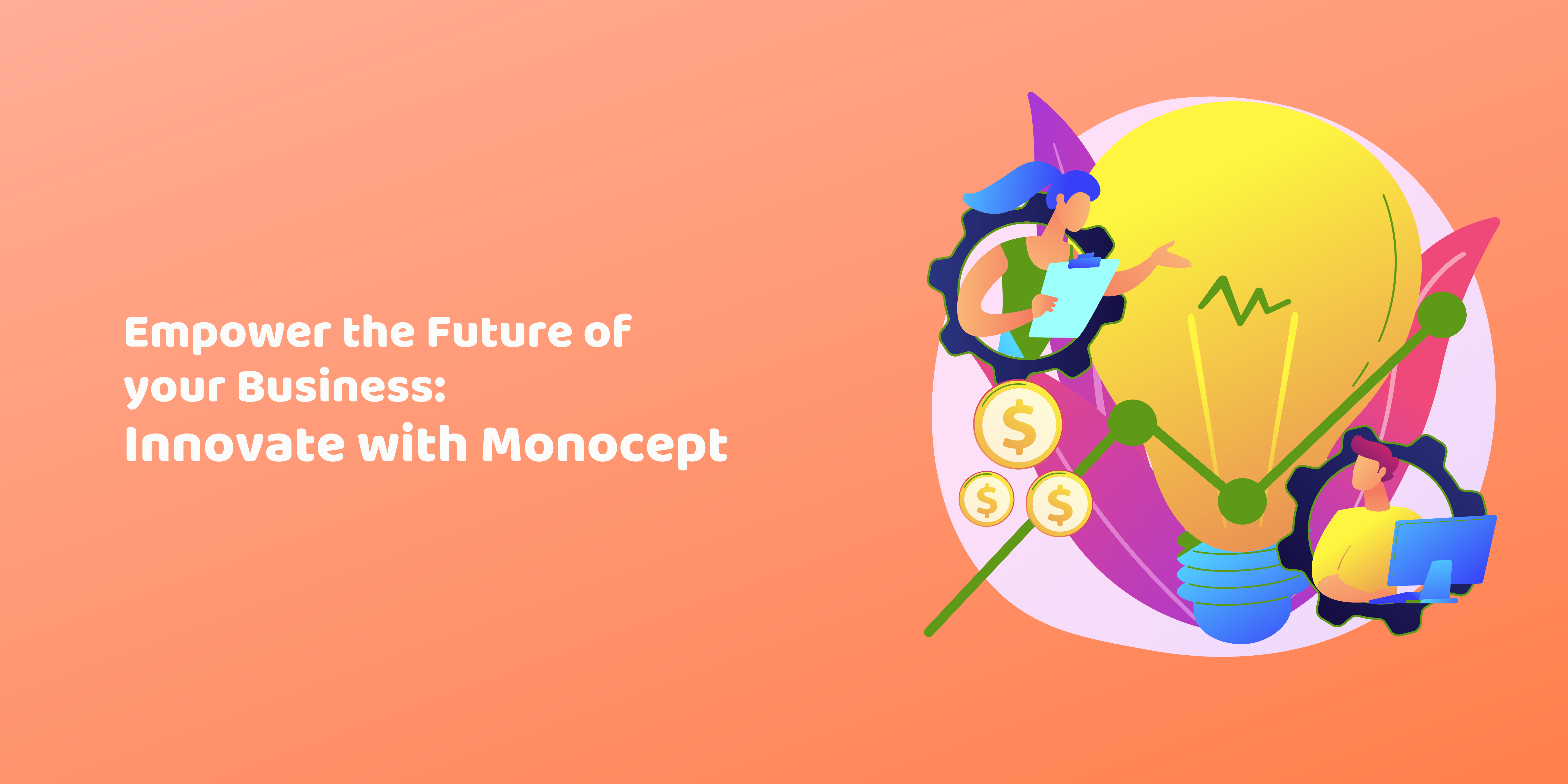Rebuilding an application using cloud-native technologies from Microsoft Azure
We live in a time when the world is rapidly transforming into a digital economy, which means that with every passing year, the online world becomes the primary mode of interaction between businesses and a growing number of users every year. In such an environment, ease of use and functionality in a software becomes central to a user’s experience and perception of the business. And we all know that ultimately, user experience is the litmus test that determines success. Naturally then, businesses need to evolve and adopt technologies that give them the best competitive advantage by accelerating the development and delivery time of an application. Adopting a cloud-native approach to building or rebuilding applications can go a long way in achieving this. By using cloud-native technologies from Azure — Microsoft’s public cloud computing platform — to build their applications, small businesses are able to compete with large enterprises by going to market with ideas at lighting speed.
Using cloud-native technologies like the ones from Azure cloud service are clearly the future of application development and deployment. But before making the switch it is important to understand and evaluate the advantages of migration to cloud. Businesses need to make informed decisions about when they should rebuild or build their applications and undertake azure migration.
Rapid development
The cloud-native approach is characterised by a focus on speed, so unlike the traditional method of development, the application’s architecture is not monolithic. Instead, importance is given to automation, flexibility of infrastructure, being platform agnostic, multiple language support, multiple environment support, and portability. Often, the traditional approach can be limiting to growth because they were built to last for longer lifespans and with specifications determined a long time before the final delivery. By the time an application is ready for deployment, the user’s requirements may have changed drastically. In addition to this, the functionality built into traditional applications are obsolete in a cloud environment. To sum up, when rapid development and deployment are a core consideration, the business would benefit from migrating to Azure’s cloud services.
Finding opportunity in advancements
With large-scale innovations in the fields of artificial intelligence (AI), machine learning, blockchain, the Internet of Things (IoT) and others, vast volumes of mined data is available to businesses. They can use this data to tailor the products and services to respond to very specific needs to customers. Additionally, the advancements in all these technologies have opened up the doors for businesses to adopt multiple new approaches to software development. Building innovative apps that make use of all these advancements is possible only in a cloud environment, which leaves ample room for dynamically changing customer needs and modifications to the application even in an advanced stage of development.
Applying innovative DevOps practices
Continuous delivery and service-based development of an application is possible only when the teams involved adopt the DevOps philosophy of collaboration among developers and the operations team. A computing service like Azure offers automated DevOps solutions such as integrated security and monitoring, helping make both the process and the final application more reliable and stable. In addition, Azure pairs developers with the tools and language frameworks that best suits their requirements, helping in faster delivery of the application and ensuring a holistic DevOps experience for the development, IT as well as the quality assurance team.
What’s your Challenge? Let’s work together to solve it.



